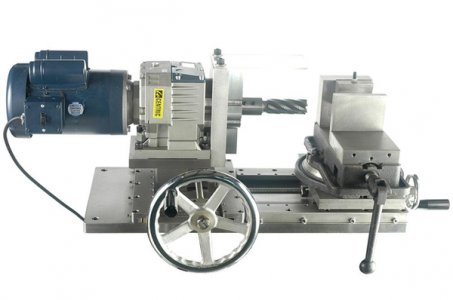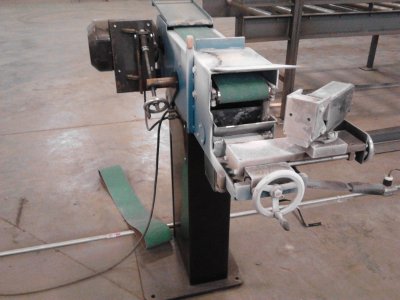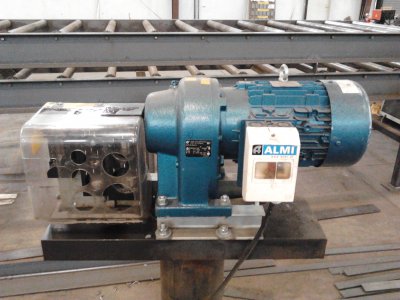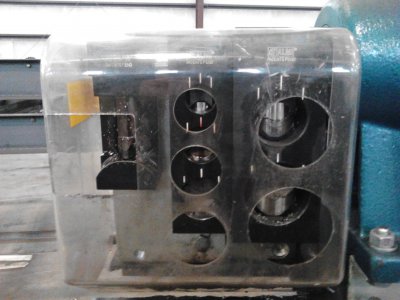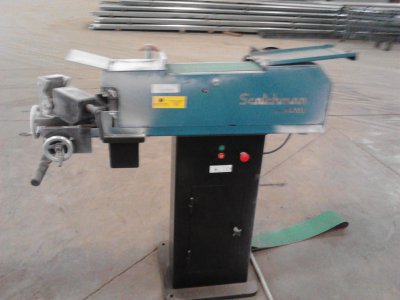I am practicing welding tubes and would like options for ways to cope the tubes. i have a knee mill and have been using bimetal hole saws. Is there a cleaner way to do it. I can file/ dremel the tubes but since it is practice, I would rather skip the manuel prep practice.
Chuck
Chuck


